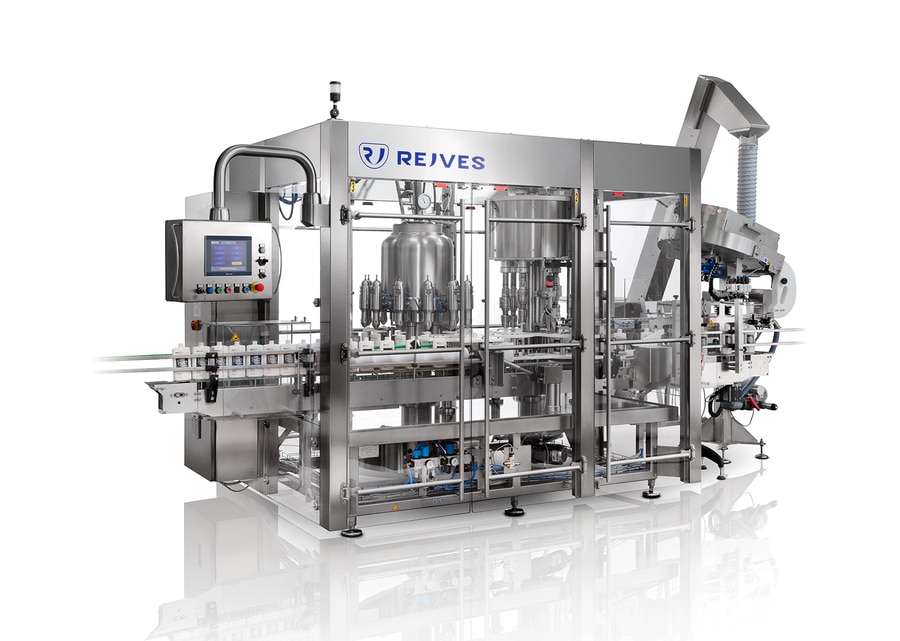
Toss capping machines are just like spindle cappers in they use mess caps. Throw cappers typically include a steel toss and a rubber insert matched to the cap size. After a package is set up under the capping mind, the toss descends to utilize consistent torque to each container and cap combination. Automatic place cappers may include multiple chucks to boost the capping device speed.
Portable, semi-automatic and tabletop throw cappers will often hat one package at a time. While one chuck and toss insert can handle different cover sizes, a facility running both little and large hats might need multiple chucks and/or place inserts. Throw cappers are well suited for level hats, but some change to the place and inserts permit other screw form limits to be work as well.
Break cappers and cover pressers are generally employed for non-screw type tops. Rather than being torqued onto the container, take form covers are simply used using stress and commonly used set up with a top on the container. The stress is used using a dropped strip or even a easy plunger depending on the application. Color cans may work well in a lid presser, while plastic bins for a few food and cocktail products could make use of a push on gear to avoid harming the containers themselves. Take cappers could be made very similar to spindle cappers, with the spindle sets changed by the decrease strip, allowing snap hats to be sealed continually as effectively, caps permitting. Spindle cappers and take cappers may also be combined using one capping equipment to take care of a level broader range of cap types and sizes.
An ROPP Capper (Roll On Pilfer Proof Capper) is somewhat of a specialty capper. ROPP cappers use particularly developed blades to thread and close covers onto containers. The most frequent solution for an ROPP capping device will be topping down a container of wine. Various TORQ Packaging USA forms and styles may require different models of blades when applying this equipment, and these appearance products won’t handle the range of closes run by spindle and chuck cappers.
However, some ROPP cappers could be made to include a chuck type capping check out grow the kingdom of limits that can be run. All the capping models mentioned shortly over are available in various quantities of automation, enabling this band of presentation models to take care of not only a wide selection of lids and bottles, but a selection of manufacturing levels as well.
Moving your presentation method from give capping bottles or containers to automating the function can be a large step for the packager of a product. Occasionally such a move is created to ensure that hats are continually and reliably put and stiffened, and different occasions the automation becomes necessary merely as a result of a rise in manufacturing demand.
Picking the correct device for a process can entail analyzing the bottles, the lids or other closures, the creation requirements and different distinctive features of the project. Several packagers may hesitate to really make the jump to automation because of those special features, though nearly every package and top combination could be closed using such machinery. Below are a few of the more common issues among packagers regarding capping machines.
Closures, closes, connect, lids. Whatever you want to call them, lids come in a variety of patterns and sizes. Easy, mess on type hats are employed for many different items (think bottled water), but actually mess on type caps may be flip-tops, sports lids, induce sprayers and more. The answer for special limits, whether in shape or measurement, will commonly sit in stabilizing the limit as it techniques through the automated capping machine.
Machinery components such as for instance gripper devices, cover backing bars, railing and orienters is going to be used to keep both cover and bottle steady through the tightening or closing process. The frame of the equipment and the supply may also involve adjustment to handle exceedingly large or small closures. The perfect solution is for distinctive limits and closures is, generally speaking, modifying the range of standard machinery to be able to manage the severe size.
Closures with a peculiar or unique form may possibly also provide a challenge in the delivery of the lids to the bottles or containers, that will be essential for constant, intelligent capping. Where many hats will undoubtedly be shipped by having an elevator or vibratory pan, non-standard styles may possibly require a custom delivery process, like a pick and position machine. But in the end, special hats or closures shouldn’t decrease a packager from thinking about the proceed to automation.
